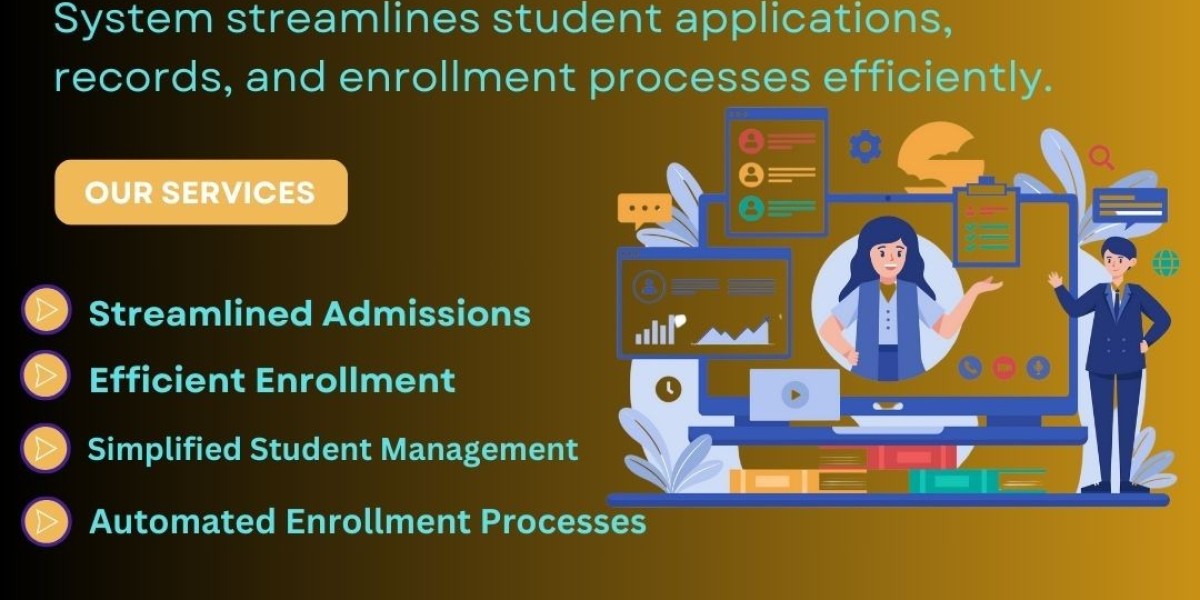Many educational institutions, particularly universities and colleges, conduct admissions in multiple rounds to manage application volume, accommodate varying application deadlines, and ensure a diverse student intake. Handling these multiple rounds manually can be incredibly complex and time-consuming. This is where an Admission Management System (AMS) proves invaluable, offering automated features designed specifically to manage the complexities of multi-round admissions. This article explores how an AMS effectively handles these rounds.
Defining Multiple Admission Rounds
Before delving into how an Admission Management System manages them, it's essential to understand what multiple admission rounds entail. Typically, institutions conduct admissions in two or more rounds with different deadlines. These rounds might cater to:
- Early Applications: For students who apply well in advance, often with specific benefits like early decision or priority consideration.
- Regular Applications: The standard application period for most students.
- Late Applications: For students who miss earlier deadlines, often with limited available spots.
- International Applications: Separate rounds might be held for international students due to visa processing timelines and other specific requirements.
Each round has its own set of deadlines, evaluation criteria, and selection processes. Managing these distinct processes manually can lead to confusion, errors, and significant administrative overhead.
How an AMS Manages Multiple Rounds
An AMS streamlines multi-round admissions through several key features:
1. Defining and Configuring Rounds
The AMS allows administrators to define and configure each admission round with specific parameters:
- Start and End Dates: Setting clear deadlines for application submission for each round.
- Application Forms: Configuring different application forms or sections for each round if necessary (e.g., specific requirements for international students).
- Eligibility Criteria: Defining different eligibility criteria or cut-offs for each round (e.g., higher cut-offs for early applications).
- Application Fees: Setting different application fees for each round if applicable.
This configuration ensures that each round operates independently with its own set of rules.
2. Automated Application Processing
The AMS automates several aspects of application processing for each round:
- Online Application Submission: Allowing applicants to submit their applications online within the designated timeframe for their chosen round.
- Automated Application Tracking: Tracking the status of each application automatically, from submission to evaluation to decision.
- Automated Notifications: Sending automated email notifications to applicants regarding application status, deadlines, and required documents for each round.
This automation significantly reduces manual workload and minimizes the risk of errors.
3. Separate Evaluation and Selection Processes
The AMS enables separate evaluation and selection processes for each round:
- Configurable Evaluation Criteria: Allowing administrators to define different evaluation criteria or weighting for each round.
- Reviewer Assignment: Assigning different reviewers or evaluation committees to each round if needed.
- Merit List Generation: Generating separate merit lists for each round based on the defined evaluation criteria.
This ensures that applicants are evaluated fairly within the context of their specific round.
4. Managing Offer Letters and Acceptances
The AMS simplifies the management of offer letters and acceptances across multiple rounds:
- Automated Offer Letter Generation: Generating offer letters automatically for selected applicants in each round.
- Online Acceptance and Enrollment: Allowing applicants to accept their offers and complete enrollment online within the designated timeframe for their round.
- Waitlist Management: Managing waitlists effectively for each round, automatically notifying waitlisted applicants if spots become available.
This automation streamlines the post-selection process and improves the applicant experience.
5. Reporting and Analytics
The AMS provides comprehensive reporting and analytics capabilities that are crucial for managing multi-round admissions:
- Round-Specific Reports: Generating reports on application volume, acceptance rates, and other key metrics for each round.
- Comparative Analysis: Enabling administrators to compare data across different rounds to identify trends and improve future admission strategies.
This data-driven approach allows institutions to optimize their admission processes and make informed decisions.
Conclusion
Managing multiple university software solutions rounds manually is a complex and error-prone task. An Admission Management System provides the necessary tools and automation to streamline this process effectively. By defining and configuring rounds, automating application processing, enabling separate evaluation processes, managing offer letters, and providing comprehensive reporting, an AMS empowers institutions to handle multiple admission rounds efficiently and effectively, ensuring a fair and transparent process for all applicants. This ultimately leads to a better experience for both applicants and administrators, contributing to a more successful admissions cycle.










